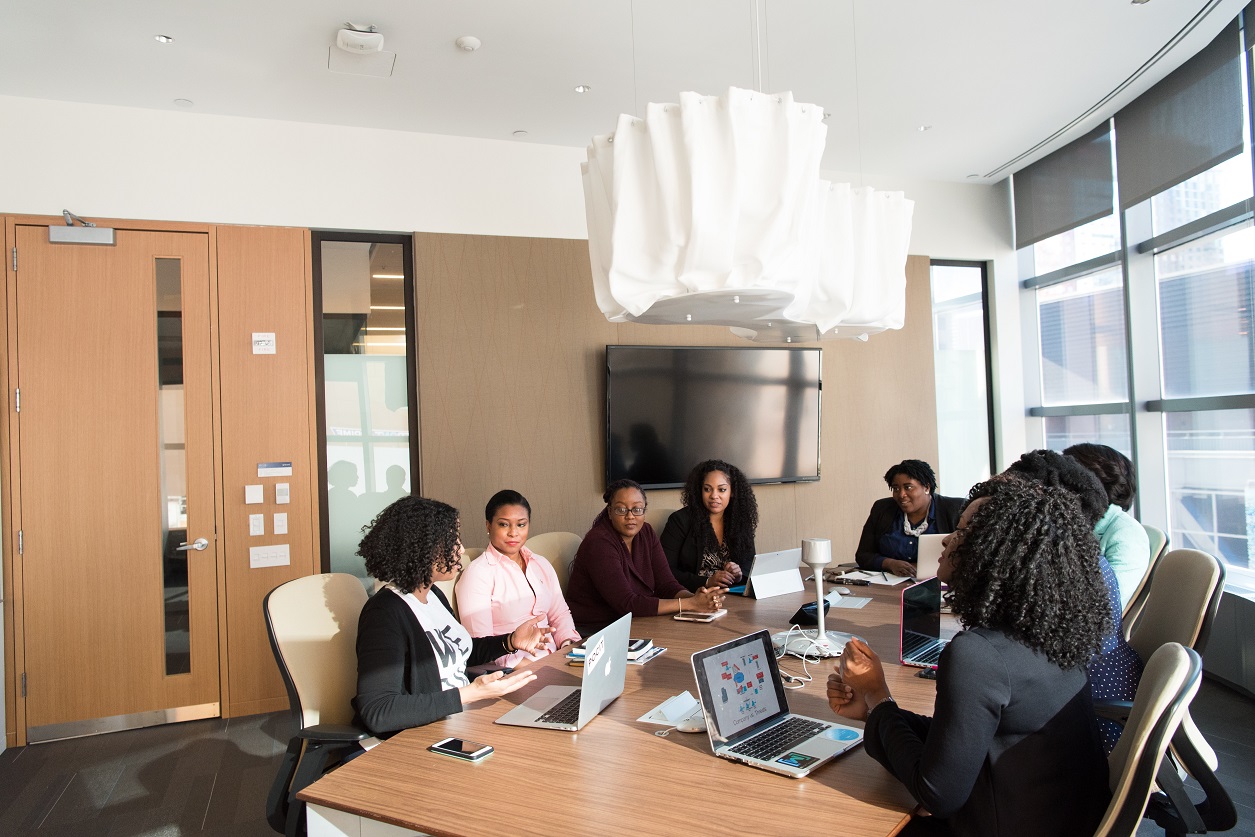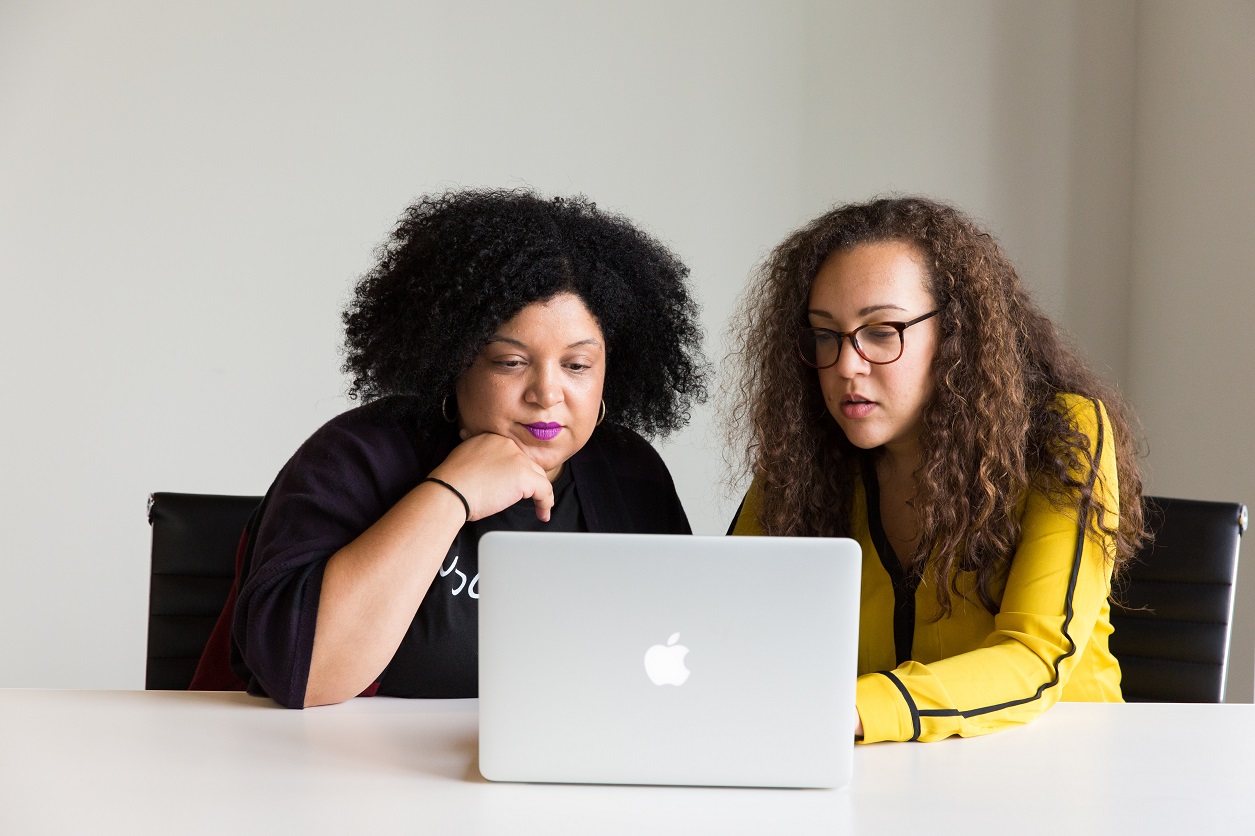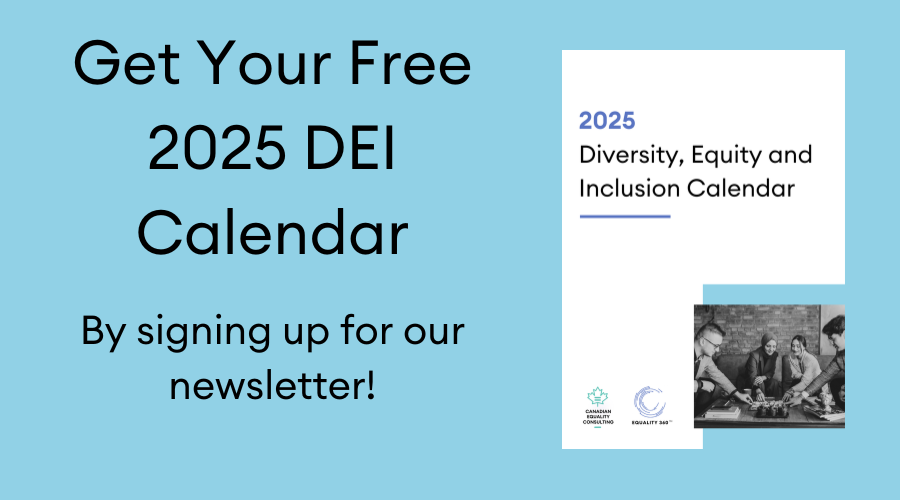
Diversity and Inclusion Resources
Diversity and inclusion resources are used to help individuals and organizations learn how to truly achieve inclusivity. This includes acknowledging the differences between diversity, equity, and inclusion (DEI), as well as understanding how they work together to create safe spaces for individuals across all demographics. Diversity and inclusion resources are especially useful for those who may not know where to begin, or how to progress, in their DEI journey. Raising awareness begins by searching for resources, to educate yourself and those around you.
Let’s take a moment to identify the differences between diversity and inclusion.
Diversity is about the representation of an entity, whereas inclusion is about how well the contributions and perspectives of different groups are valued and integrated into an environment. It is important to note that although these concepts work together, they are not to be used interchangeably. Canadian Equality Consulting offers diversity and inclusion training to clients, where we discuss these and other concepts that encourage individuals to lean into uncomfortable conversations, and to understand more about the lived experiences we may not be able to identify with.
As highlighted in this diversity and inclusion training offered at CEC, diversity, equity, and inclusion in the workplace can be beneficial due to the following examples, among many others:
- Higher Revenues
- Increased Financial Performance
- Increased Opportunities for Innovation and Creativity
- Higher Employee Satisfaction, Engagement, and Retention
- Improved Leadership Competencies
The resources provided in this series are intended to fill gaps and disparities in perspectives, and to help initiate conversations around race, sexual orientation, gender, and a multitude of other identity factors. To be able to be fully immersed in these conversations, we must learn how to foster safe spaces where all individuals feel heard, valued, and respected. Beyond this, we want everyone to generate an understanding of the biases we each carry, and how this may impact our approach to different scenarios in the workplace. The resources referenced below will dive deeper into tips, toolkits, and teachings pertaining to diversity and inclusion, for workplaces, leaders, and educators.
For the duration of this series, we will provide insights on the following areas:
- What to Look for When Selecting Diversity and Inclusion Resources
- Beneficial Diversity and Inclusion Resources
- Diversity and Inclusion Resources for the Workplace
- Diversity and Inclusion Resources for Leaders
- Diversity and Inclusion Resources for Education
What to Look for When Selecting Diversity and Inclusion Resources

Innovate BC has partnered with the Tech and People Network to create a Diversity and Inclusion HUB. This project is intended to increase the attraction and advancement of underrepresented groups. These groups are aimed to help women, Indigenous Peoples, people with disabilities, people of colour, and individuals who identify with the 2SLGBTQ+ community. This project offers many resources around generating diversity and inclusion for each underrepresented group.
This is both a credible and reliable source, as the content provided is heavily researched. It is important for these resources to have a bias-free perspective. Opinions and suggestions are beneficial to identify but should not be presented in a way to convince viewers of information that is not fact-based. When looking for resources, one should consider the purpose of the information being given. If the information is intended for entertainment purposes, the resource is most likely rooted from a subjective lens. However, if the information is intended to present findings of primary and secondary research, it is more likely to be backed up with a multitude of perspectives and facts.
When searching for diversity and inclusion resources, you may also want to consider the date that the resource was updated. The DEI world is constantly evolving, and there are many changes with regards to terminology, and history that have yet to be uncovered. With that said, if you are looking for the most up-to-date knowledge on diversity and inclusion, you might wish to look at resources that were either published in the last couple of years, or that were updated recently.
Canadian Diversity and Inclusion Resources
In 2021, Canadian Equality Consulting published a five-part blog series on anti-racism. These resources are intended to be a foundation of learning to define anti-racism, and to understand its impact in the workplace. In this series, you will find a general debrief on antiracism, called Everything You Need to Know About Antiracism in the Workplace. The rest of the series goes into more depth on anti-racism, discussing the following topics:
- What exactly does it mean to be antiracist?
- Importance of being antiracist in the workplace
- Why anti-racism is ongoing in the workplace
- Antiracism resources
Simon Fraser University library has published a Resource Guide as part of their DEI initiative. In this guide, they have put together three components: Key Resources, Skills and Strategies, and Toolkits and Reports. Under the “Key Resources: section, they have included a search engine to explore DEI initiatives put in place by varying Canadian universities. Under the “Skills and Strategies” section, they discuss ways to facilitate safe and healthy discussions. Then, under their “Toolkits and Reports” section, they have included academic journals on topics such as Ways to Support Diverse Voices. At Canadian Equality Consulting, we offer DEI assessments that can scan the current environment of your organization, after which we recommend strategies and toolkits to increase the diversity and inclusion in the workplace.
Racial Equity Tools provides resources through a four-step model: Fundamental, Plan, Act, and Evaluation. These sections are used to teach DEI strategies and ways to implement them. The fundamentals include concepts and data around the history of racism, followed by a resource list on racial equity work. The planning component focuses on identifying issues, and drafting a change process, which leads into the act category that involves designing the action plan. The evaluation piece determines the effectiveness of the action plan and makes recommendations on how to integrate the plan into the environment. This resource also has many glossaries associated with each category; such terms include:
- Racial Inequity
- Reparations
- Restorative Justice
- Cultural Appropriation
Please Note:
Through the DEI consulting services offered at Canadian Equality Consulting, we focus on analyzing diversity in the workplace, and working together to implement strategies to progress your diversity initiative.
Diversity and Inclusion Resources for the Workplace

The Canadian Centre for Diversity and Inclusion has created a standard Inclusive Workplace Guide for those who wish to learn more about generating anti-racism conversations. This guide discusses how to create a safe space for dialogue on anti-racism and goes more in-depth on the content discussed in CEC’s DEI training sessions and diversity training programs. The suggested way to cultivate this environment is by establishing rules of engagement for conversation and learning to adopt an open mindset. This resource provides dos and don’ts for each suggestion, which can help viewers to identify the most appropriate ways to lead these conversations, while developing a centre for diversity and inclusion.
Another useful diversity and inclusion resource for the workplace discusses Four Ways to Design a Bias-Free Hiring Process. The first tip is to “Beware of Gendered Language,” to make intentional and inclusive choices about the talent you attract. The second tip is to “De-identify Application Materials,” by disregarding an applicants’ demographic characteristics in the selection process; this strategy helps to eliminate the potential for implicit bias. The third tip is to “Ditch the Unstructured Interview.” This encourages interviewers to follow select evaluation criteria, and to use the same set of questions for each candidate to allow for direct comparisons. The final tip is to “Deploy Work Sample Test”’ as a concrete measure of a candidate’s ability to perform. These tips do not remove our implicit biases, rather they structure the hiring process in ways to enable individuals to make less biased hiring decisions, with the ultimate goal of working toward a more inclusive workplace.
Diversity and Inclusion Resources for Leaders

The Canadian Centre for Diversity and Inclusion has also created a standard Inclusive Leadership Guide to educate individuals on leading inclusively. In this guide, there are many traits discussed that can nurture an inclusive leader, and suggestions on how these traits can be used to drive transformational change in the organization. The outline of this resource focuses on the following:
- Commitment
- Courage
- Cognizance (of Bias)
- Curiosity
- Cultural Intelligence
- Collaboration
Catalyst put together an article on inclusive leadership that focuses on two concepts: leaning outward and leaning inward. According to this article, leaning outward is “What you do to ensure team members are treated fairly, empowered, and able to flourish,” and leaning inward “Requires a hard look at who you are and your inner ability to act courageously, learn, and self-reflect.” Catalyst describes leaning outward through accountability, ownership, and allyship. Alternatively, they describe leaning inward through curiosity, humility, and courage. In the DEI training and GBA+ training offered by Canadian Equality Consulting, we encourage our audience to lean both outward and inward into these conversations. Both concepts can be applied in unity, for leaders to create an inclusive workplace.
To find out more on what it takes to be an inclusive leader, Forbes has created a reading list to assist leaders on their path to attaining diversity and inclusion in the workplace.
Here are a few:
- How to Be an Inclusive Leader: Your Role in Creating Cultures of Belonging Where Everyone Can Thrive by Jennifer Brown
- Blindspot: Hidden Biases of Good People by Mahzarin R. Banaji
So You Want to Talk About Race by Ijeoma Olua
Diversity and Inclusion Resources for Education

The Importance of Diversity and Cultural Awareness in the Classroom is crucial for educators to understand, to be able to teach it. This article highlights key principles for managing diversity in the classroom. To do so, educators must get to know their students, maintain consistent communication, acknowledge and respect each student, and practise cultural sensitivity. There are many benefits for students being taught about culture, including the ability to become more open-minded and empathetic. For educators who wish to learn more on teaching DEI, we recommend looking into CEC’s diversity and inclusion consulting services.
Resilient Educator created a page on Cultivating DEI in Education Environments to encourage educators to celebrate diversity in their classrooms. This page has sections on teaching styles, diversity activities, inclusive teaching methods, equitable learning environments, and professional development practices. In this page, they discuss the importance of teaching tolerance through diversity, by engaging in learning activities that encourage students to be more cognizant of how to appropriately speak to, and about, people who may look different or have other needs than them. The benefits of a culturally inclusive classroom, as stated, are the promotion of critical thinking, problem solving, and creativity. Overall, this resource identifies how to integrate inclusive education.
At Canadian Equality Consulting, we prioritize meeting you where you’re at in your DEI journey, and we’ll work with you to build a successful internal DEI capacity. Our goal is to help you integrate diversity and inclusion into your workplace culture. We offer many services including DEI training, GBA+ training, diversity and inclusion consulting, diversity and inclusion workshops, DEI and GBA+ assessments. To have access to our webinars and the recordings that follow, ensure to check out CEC subscription services. If you are interested in any of the above services, or you would like to begin your journey with CEC, contact us to learn more.

